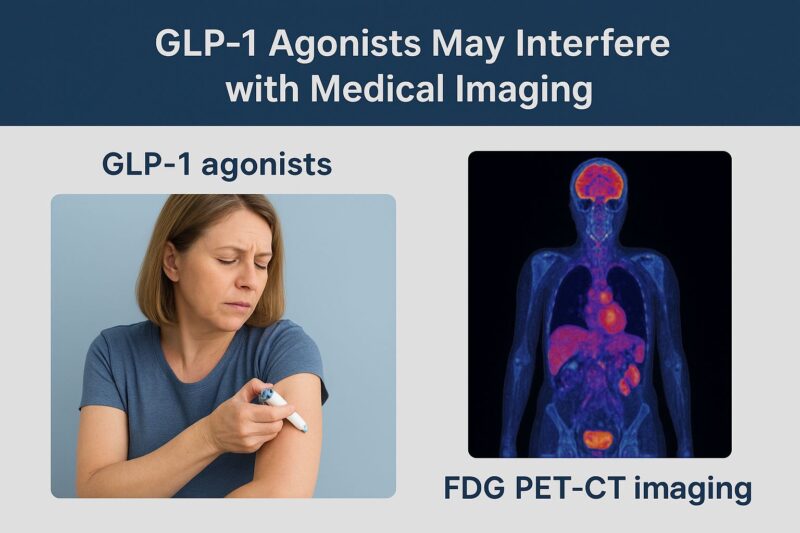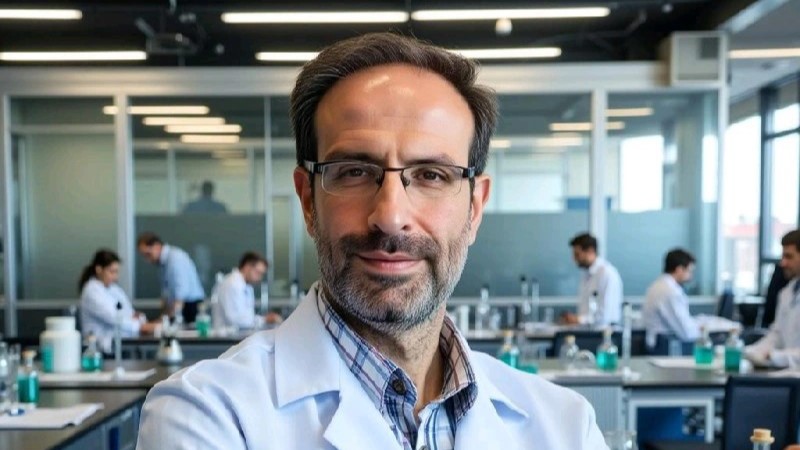Nareg Varjabedian, Regulatory Affairs Team Lead at ClinChoice, shared a post on LinkedIn:
“Emerging Clinical Insight: GLP-1 Agonists May Interfere with FDG PET-CT Imaging
In recent years, GLP-1 receptor agonists—including semaglutide (Ozempic, Wegovy) and tirzepatide (Mounjaro)—have revolutionized the management of type 2 diabetes and obesity.
Yet, with their expanding use, new and unexpected clinical observations are surfacing.
Recent data presented at the European Association of Nuclear Medicine (EANM) Congress 2025 revealed an unusual but increasingly recognized phenomenon: GLP-1 agonists may alter the interpretation of FDG PET-CT imaging.
Study overview:
Researchers from Alliance Medical (Europe) analyzed oncologic PET-CT scans in patients receiving GLP-1 therapy and observed abnormal fluorodeoxyglucose (FDG) uptake patterns that could easily be mistaken for pathological “hot spots.”
In some cases, what appears to be malignant metabolic activity may, in fact, represent drug-induced metabolic redistribution—likely linked to delayed gastric emptying and altered glucose metabolism caused by GLP-1 agonism.
If a patient’s medication history is overlooked, such findings may lead to:
- misinterpretation of imaging results,
- unnecessary investigations, and even
- inaccurate oncologic staging.
As Dr. Peter Strouhal (Alliance Medical) stated:
“Recognizing the characteristic FDG uptake associated with GLP-1 agonists helps avoid unnecessary anxiety and interventions, ensuring patients receive the right care, at the right time.”
The Clinical Pharmacist’s Perspective
This observation underscores the essential role of clinical pharmacists in interdisciplinary care.
Beyond optimizing pharmacotherapy, pharmacists are pivotal in communicating drug-related imaging interferences to radiologists, nuclear medicine physicians, and oncologists.
To minimize diagnostic errors, we should ensure that:
1. Medication history explicitly includes GLP-1 therapy in all imaging referrals.
2. Radiology teams are informed about ongoing GLP-1 treatment.
3. Scheduling considerations are made — temporary drug withholding before PET-CT could be evaluated as future guidance evolves.
4. Multidisciplinary education emphasizes this emerging pharmacologic–imaging interaction.
Such collaboration enhances diagnostic accuracy, prevents unnecessary follow-ups, and maintains patient trust in the healthcare system.
Clinical Takeaway
As GLP-1 agonists reshape metabolic management, their systemic effects are now extending into the realm of medical imaging.
Awareness of these interactions represents:
- the first step toward accurate interpretation,
- the key to appropriate clinical decisions, and
- a safeguard for patient safety.”

More posts about GLP-1 Agonists on OncoDaily.
